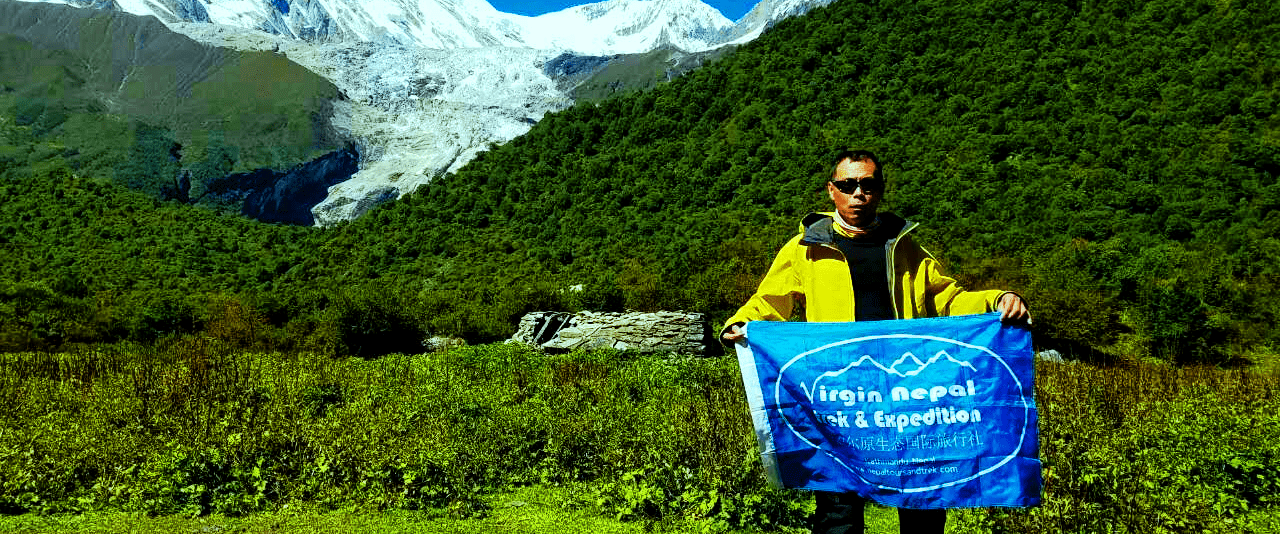Introduction
Nestled between the tropical plains of the Terai and the sublime peaks of the Himalayas, Nepal’s Mid-Hills—or Pahad—span approximately 68% of the country’s land area, making this region the nation’s geographic and cultural heartland . From terraced farms to forested slopes, its landscapes, farming systems, and vibrant communities offer both travelers and locals a deep, authentic experience.
1. Geography & Landscapes
- Elevations range between 1,000 and 3,000 meters, covering expanses of rugged hills, valleys, and river-carved terrain .
- This region hosts major urban and historical centers like Kathmandu and Pokhara, while also preserving villages perched on ridgelines following traditional trails .
- Rivers such as the Gandaki, Koshi, and Karnali cut through deep gorges, shaping both the terrain and human settlement .
2. Climate & Biodiversity
- The Mid-Hills enjoy a range of climates—from subtropical valleys to temperate slopes and even patches of coniferous forest—supporting diverse ecosystems .
- This ecotone hosts a mosaic of forests including subtropical broadleaf, pine, and temperate species. Elevation shifts bring changing flora—from lush valleys to cooler highland groves .
3. Agriculture & Land Use
- Around 27.5% of Nepal’s cultivated land lies in the Mid-Hills, used intensively for agriculture despite challenging slopes .
- Farming here is primarily subsistence-based, with terraces carved into slopes to grow staples like rice, maize, millet, wheat—and cash crops like tea, cardamom, and citrus in select areas .
- Changing demographics and migration have led to land abandonment, fostering natural forest succession and impacting agricultural productivity .
- Recent efforts focus on farm mechanization to revitalize agriculture and enhance productivity in these hilly zones .
4. Cultural Tapestry & Communities
- The mid-hills are home to Nepal’s rich ethnic mosaic: Gurung, Magar, Tamang, Newar, and other Janajati groups, each with unique languages, customs, and community structures .
- Communities are closely tied to the land—festivals, architecture, and local economies are intertwined with agricultural rhythms and forest-based livelihoods .
- Tourism boards now recognize the potential of this region for rural and cultural tourism, aiming to channel travel benefits to grassroots and marginalized communities .
5. Challenges & Conservation
- Soil erosion, landslides, and deforestation are persistent threats, exacerbated by steep terrain, climate variability, and uncontrolled farming practices .
- Water scarcity is growing, with many natural springs reducing flow—threatening both livelihoods and agriculture .
- Still, local resilience shines through: community forestry, spring recharge initiatives, and traditional ecological knowledge continue to strengthen environmental stewardship ().
6. Tourism & Sustainability
- Tourism in Nepal contributes around 6–7% of GDP and the mid-hills are gaining attention for their scenic trails, cultural homestays, and rural experience .
- Strategic plans from the Nepal Tourism Board are now aiming to boost visitation in the hills and Terai through rural tourism programs—promoting local economic development .
Conclusion
The Mid-Hills of Nepal are a living canvas—where geography, culture, and ecology meet. From the terraces and forests to village rituals and fading fields, this region offers unmatched authenticity for VirginNepalTrek.com’s audience. For a traveler seeking connection with nature, heritage, and sustainability, the Mid-Hills are not an “alternative,” but a destination that defines Nepal’s soul.



